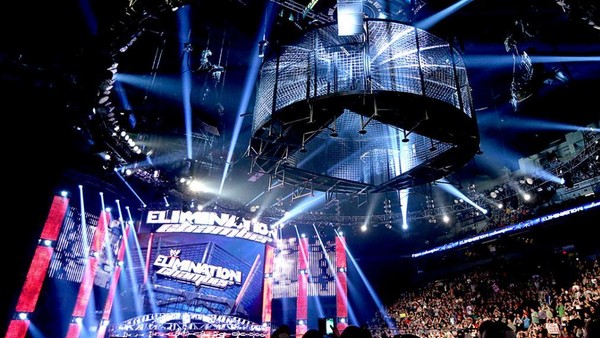Why The WWE Network FAILED

In reductive and broad dollars-and-cents analysis, the WWE Network failed to adequately replace the traditional pay-per-view model as a revenue stream. Physical media was dead as a market, but, as evidenced by several UFC and boxing mega-fights, and indeed All Elite Wrestling's not inconsiderable success, pay-per-view was not. WWE badly overestimated the potential pull of the new streaming platform and did not generate the amount of subscribers needed to make the venture (as) profitable. It was a failure, not a disaster. The exorbitant set-up costs were covered well enough, and in the rights fee era, there is no such thing as disaster, which is illustrated by every last episode of Monday Night RAW. But it did fail, and objective proof of that failure lies in the sale to NBC Peacock. WWE anticipated, in a January 2014 presentation, of generating between 2-3 million domestic subscribers. They never scraped the bottom of that projection globally.
The old DTC model negatively impacted the content. There was no longer an incentive for WWE to produce must-see matches on a monthly basis and write compelling stories around these attractions. That is a generous take - it suggests WWE is capable, just less willing - when in reality, WWE f*cked itself with both barrels by drawing out uninspired and often inexplicable programmes across the card.
Elimination Chamber 2014 wasn't some flashpoint moment - WWE was deep in the muck of the this-rivalry-must-continue era, as illustrated by the endless circles walked by Triple H, Randy Orton and John Cena in the monopolised 2000s - but virtually every major programme WWE presented followed the same deadening formula.
Only exacerbated.
CONT'D...(2 of 6)